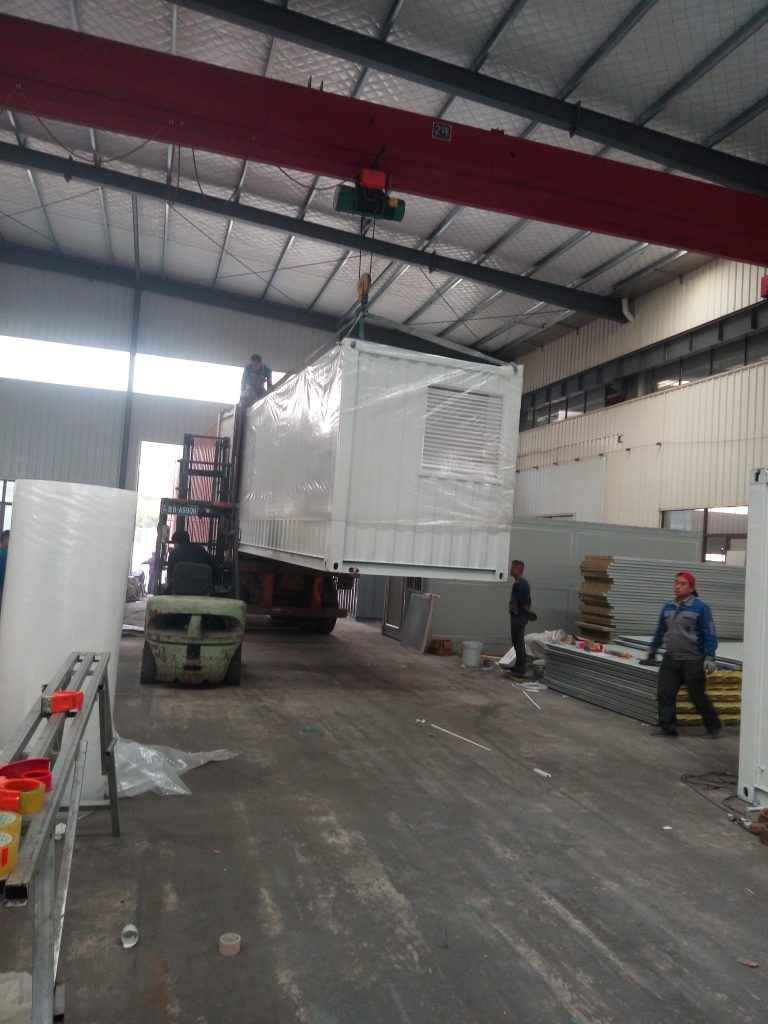Container wood workshop: wood art creation workshop.
Table of Contents
Sustainable Practices in Container Wood Workshop
Container wood workshops have become increasingly popular in recent years as a sustainable and eco-friendly way to create beautiful wood art. These workshops utilize repurposed shipping containers as workspaces, providing a unique and creative environment for artists and woodworkers to hone their craft.
One of the key benefits of container wood workshops is their sustainability. By repurposing shipping containers that would otherwise be discarded, these workshops help reduce waste and minimize the environmental impact of wood art creation. Additionally, the compact size of shipping containers makes them an ideal workspace for artists who may not have access to a traditional studio.
In a container wood workshop, artists have the opportunity to work with a variety of wood materials, from reclaimed lumber to sustainably sourced hardwoods. This allows for endless possibilities when it comes to creating unique and one-of-a-kind pieces of art. Whether it’s a custom furniture piece, a sculpture, or a decorative item, artists in a container wood workshop have the freedom to let their creativity run wild.
Another advantage of container wood workshops is their portability. Because shipping containers are designed to be transported by truck, train, or ship, these workshops can easily be moved to different locations as needed. This flexibility allows artists to take their workshop on the road, participating in art fairs, markets, and other events to showcase their work and connect with potential customers.
In addition to their sustainability and portability, container wood workshops also offer a sense of community and collaboration. Artists working in these workshops often share tools, resources, and ideas, creating a supportive and inspiring environment for creativity to flourish. This sense of camaraderie can be invaluable for artists looking to grow their skills and expand their artistic horizons.
Transitioning from traditional wood workshops to container wood workshops may seem daunting at first, but with the right planning and resources, it can be a rewarding and fulfilling experience. Artists interested in setting up their own container wood workshop should consider factors such as location, size, layout, and ventilation to ensure a safe and productive workspace.
When designing a container wood workshop, it’s important to prioritize functionality and efficiency. Storage solutions, workbenches, and tool organization are key components of a well-designed workshop. Additionally, artists should consider incorporating natural light and ventilation to create a comfortable and inviting workspace.
As container wood workshops continue to gain popularity, more and more artists are embracing this sustainable and innovative approach to wood art creation. By repurposing shipping containers, artists can reduce waste, minimize their environmental impact, and create beautiful pieces of art that showcase their talent and creativity. Whether it’s a custom furniture piece, a sculpture, or a decorative item, container wood workshops offer endless possibilities for artists to explore and express themselves.
Tips for Hosting a Successful Wood Art Creation Workshop in a Container Workshop
Hosting a wood art creation workshop in a container workshop can be a unique and exciting experience for both the participants and the host. With the right planning and preparation, you can ensure that your workshop is a success and that everyone leaves feeling inspired and accomplished. Here are some tips to help you host a successful wood art creation workshop in a container workshop.
First and foremost, it is important to have a clear vision for your workshop. What do you want participants to learn or create? What skills do you want them to develop? Having a clear goal in mind will help you structure the workshop and ensure that it is both engaging and informative.
Once you have a clear vision for your workshop, it is important to gather all the necessary materials and tools. Make sure you have enough wood, paint, brushes, and any other supplies that participants will need to create their art pieces. It is also important to have the right tools on hand, such as saws, sanders, and drills, to help participants bring their ideas to life.
When setting up your container workshop, make sure to create a comfortable and inspiring environment for participants. Consider adding some plants, artwork, or other decorations to make the space feel welcoming and creative. It is also important to ensure that the workshop is well-lit and well-ventilated, as participants will be spending a lot of time working with wood and paint.
During the workshop, it is important to provide clear instructions and guidance to participants. Make sure to demonstrate any techniques or skills that they will need to create their art pieces, and be available to answer any questions that may arise. Encourage participants to experiment and try new things, but also provide support and feedback to help them improve their skills.
It is also important to encourage collaboration and creativity during the workshop. Consider organizing group projects or activities that allow participants to work together and learn from each other. Encourage participants to share their ideas and techniques with one another, and create a supportive and inclusive atmosphere where everyone feels comfortable expressing themselves.
Finally, it is important to follow up with participants after the workshop. Ask for feedback on their experience and any suggestions for improvement. Consider hosting follow-up workshops or events to help participants continue to develop their skills and stay connected with the wood art community.

In conclusion, hosting a wood art creation workshop in a container workshop can be a rewarding and fulfilling experience. By following these tips and putting in the necessary time and effort, you can ensure that your workshop is a success and that participants leave feeling inspired and accomplished. So gather your materials, set up your space, and get ready to unleash your creativity in a container wood workshop.







